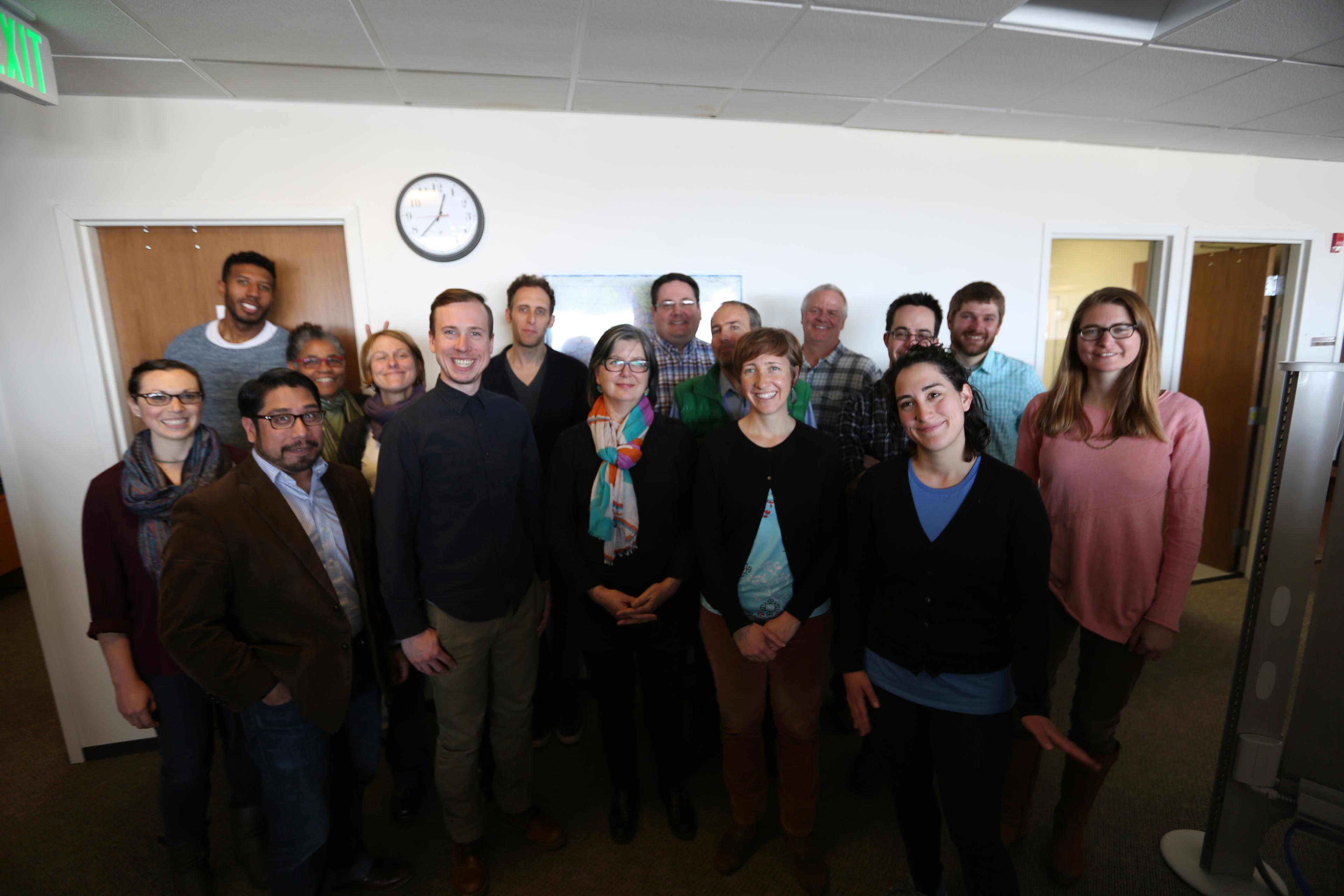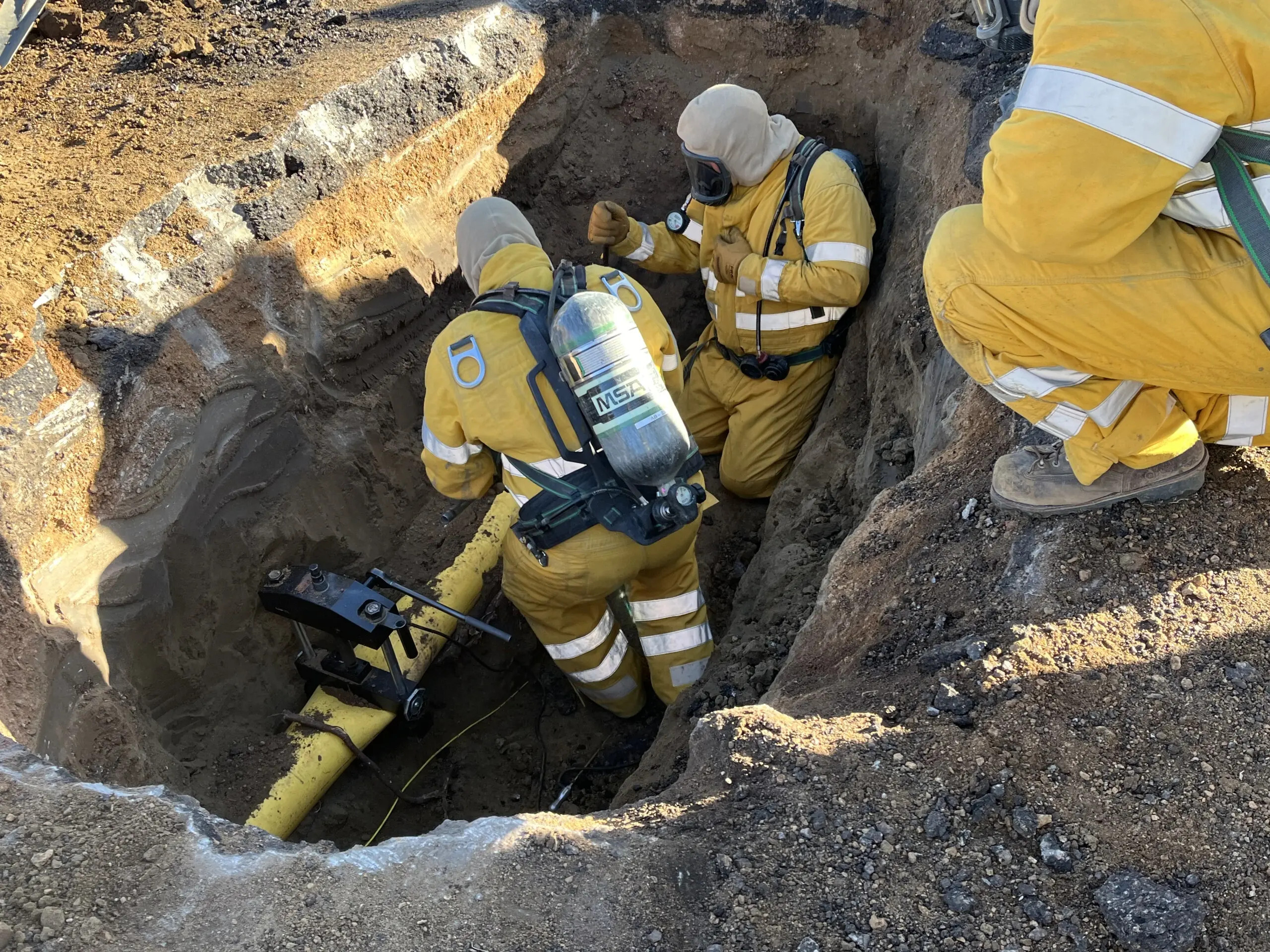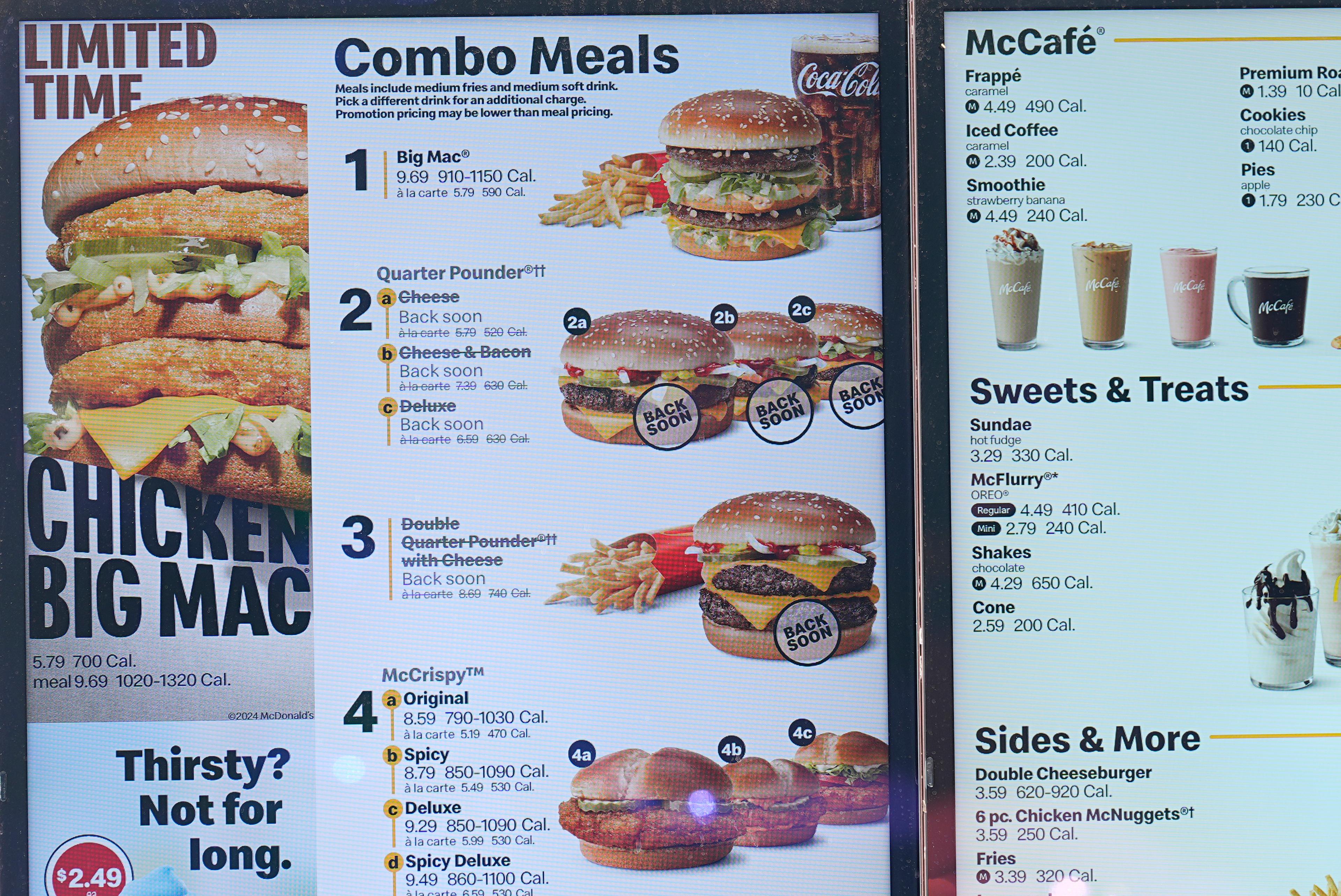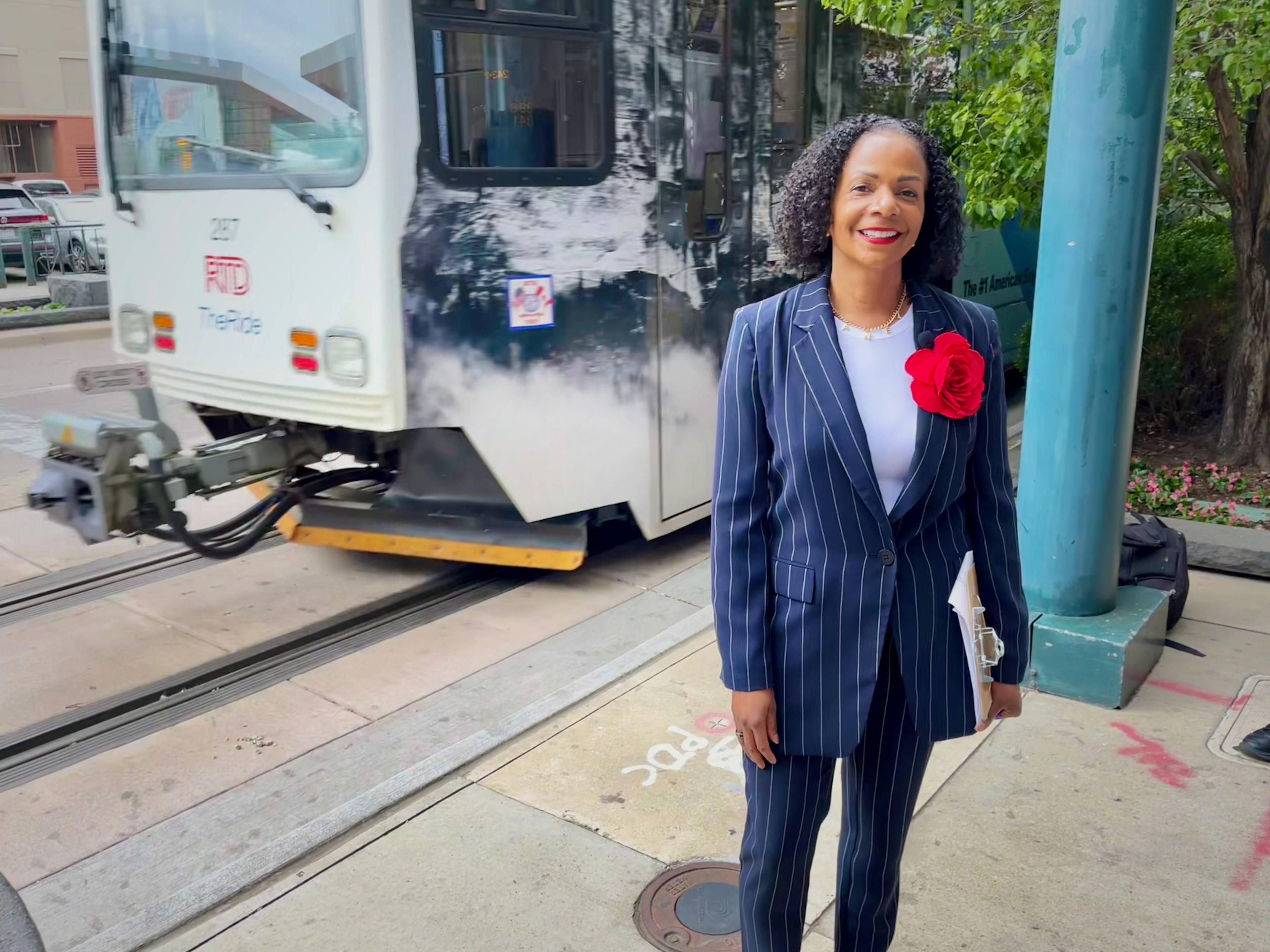
On any given day, the newsroom at Colorado Public Radio (CPR) is a hub of activity, serving as an important home base for CPR reporters, producers and editors. It’s where CPR News takes a thoughtful and impartial approach to shape story ideas into in-depth and insightful reports or series.
The newsroom is large and open, with a north-facing wall of windows that lets in sunshine and showcases the bright blue Colorado sky. It overlooks the Rocky Mountain foothills and the Denver skyline, and on a really clear day, you can see all the way north to the Flatirons near Boulder. The view from the newsroom is a daily reminder of the beautiful state that CPR’s reporters help connect and enrich through relevant reporting.
The newsroom’s open-concept floor plan is designed to promote collaboration and sharing of information easily from desk to desk. It lends to authentic reporting that comes from working closely as a team. Depending on the time of day, the newsroom can house the voices and energy of the whole news team or it can be quiet and scarcely populated. CPR Health Reporter John Daley says, “It has a studious vibe where everyone is working hard to figure out the best way to tell the story and get it right.”
While every day is different, here’s a snapshot of a typical day in the CPR newsroom.
4 a.m.
News Host Mike Lamp arrives before dawn to prepare and host local newscasts during “Morning Edition” in time for the morning commute. In his 6 a.m. newscast—the first of 16 CPR newscasts broadcast throughout the day—he has just a couple minutes to cover the top daily news and give an update on the weather. For breaking news and emerging stories to include in the morning newscasts, he looks to the Associated Press wire service and references reputable news sources on Twitter, following hashtags for the latest updates.
7 a.m.
Members of the digital team are usually the next to arrive in the newsroom. Like many of you, they start their day with the news. After checking CPR’s website and social media accounts, they scan local and national headlines to get up-to-date on current news.
Each morning, Digital News Reporter/Producer Nathaniel Minor reads as many Colorado newspapers as he can—usually about a dozen—to find out what’s going on in every corner of the state.
9 a.m.
With the morning scan of news complete, editors gather for their daily meeting. Here, they discuss which stories to cover and how to apply CPR’s journalistic focus. Then, the editors assign stories and the reporters spread out and start their work.
10 a.m.
By mid-morning, the newsroom is generally abuzz with activity as the "Colorado Matters" team prepares for the day’s program, which generally is live starting at 10 a.m. When it’s not live, the show is about 80 percent complete by the time the team arrives at their desks, so the first few hours of the day are spent on finishing touches before the program airs. If anything in the story has changed from the night before, it gets an update. For example, when reporting on campaign ad spending in Colorado, the numbers changed constantly, so the story needed updating right up until the show aired.
Noon
Because news isn’t happening in the newsroom, CPR reporters spend much of their day where stories are happening: press conferences at the State Capitol, interviews with policy analysts at the Colorado Health Institute or places of interest in the community, like Coors field during the recent transformation of the baseball field into an outdoor hockey rink. Reporters make time to travel outside the Front Range to cover issues in communities throughout Colorado, such as the debate on a Superfund application in Silverton or housing options for low-wage workers in the Vail Valley.
One of the challenges of reporting across a large geographical region like Colorado is reaching remote places to get the story. CPR reporters often conduct interviews by phone and edit the audio to finish a story. While CPR strives to provide comprehensive daily news, most stories have a longer turnaround and give reporters more time to explore the issues in depth, which means a story could take days, weeks or even months to go through the editorial process.
Similarly, editors are not always absorbed in daily news production, spending much of their time focusing on long-term planning and how to best cover issues impacting Colorado.
1 p.m.
When a story eventually lands on an editor’s desk, it gets fact-checked and trimmed. Editors decide which segments of a story stay and which segments go, ensuring that the length is right and critical information is included.
Once the story is approved, it gets passed along to the digital team. Digital producers and editors add updates to the website when needed and share content on Facebook and Twitter. In a way, they serve as translators, making modifications so stories are relevant to readers, listeners or both simultaneously. While everyone on the news team is constantly plugged in to the news, the digital desk is perhaps most connected to real-time news in Colorado and around the world.
3 p.m.
During the afternoon, the newsroom can feel emptier as reporters, producers and hosts switch into recording mode.
The “Colorado Matters” team splits afternoons between the newsroom and the studio, scripting the next day’s show and recording interviews in advance. Meanwhile, “All Things Considered” Host Jo Ann Allen camps out in Voice Track News Studio #2 to record the afternoon newscasts. With much of the day’s news in production, Allen’s newscasts often include more stories and features from CPR reporters, such as Q&A-style debriefs with reporters.
One challenge of delivering the newscast, particularly for afternoon hosts, is the weather. It can be a scramble to accurately update something that changes so rapidly in Colorado, especially since CPR serves such a large region.
7 p.m.
As the sun sets over the Front Range, the newsroom returns to a quiet state until the news cycle starts all over again the next day. It's this daily flow of information gathering, editing and production—fueled by the collective energy of the entire CPR News team—that allows CPR to produce news from around the state, curate news from across the globe and draw relevant connections to the Colorado community.








